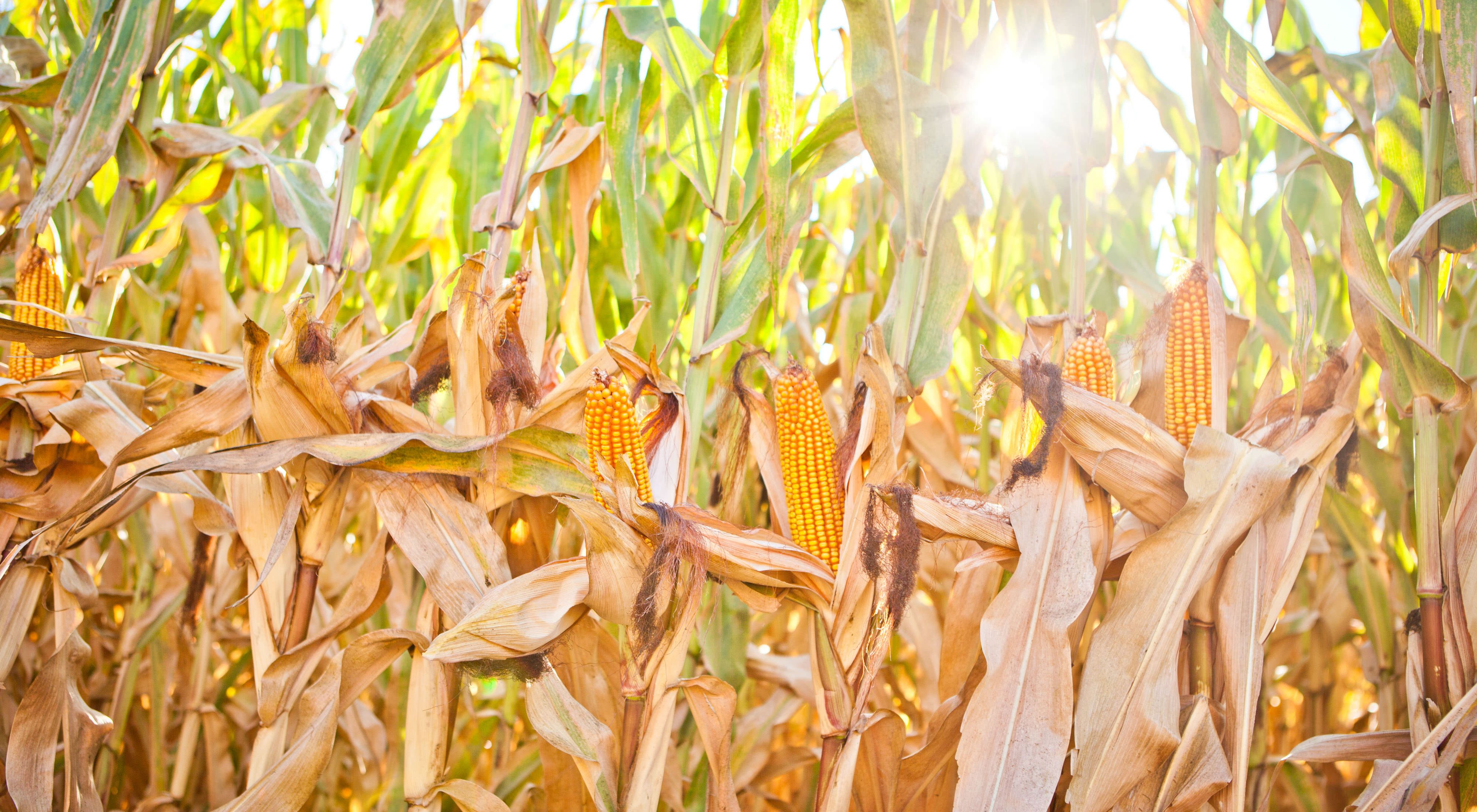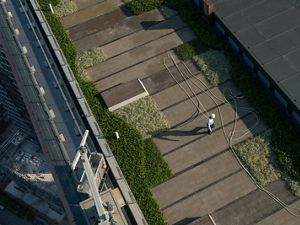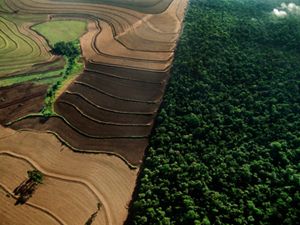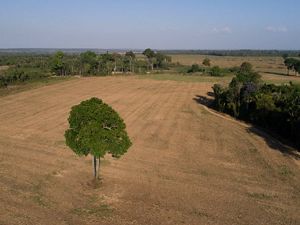When we talk about the future of the planet, we are inevitably talking about the future of food.
According to the Food and Agriculture Organization of the United Nations (FAO), about 1.5 billion hectares of land—or about 11 percent of the Earth’s total land area—is currently used for the production of crops. Much of that land is managed using synthetic pesticides and fertilizers intended to keep crops healthy and maximize productivity but which can also have negative impacts on the environment. So when we talk about global conservation goals, we can’t ignore how these 1.5 billion hectares of cropland intersect with natural landscapes.
The U.N. Population Division estimates we’ll have another billion people to feed by 2030, meaning food production must accelerate in the future. But the future of food will also involve doing more with less. Current use trends of land and freshwater for food production are not sustainable over the long run. In many places, unplanned agricultural expansion, severe land degradation, overuse of freshwater and the over-application of pesticides and fertilizers have harmed water quality and biodiversity.
Addressing these issues while simultaneously increasing food production to meet the needs of a growing planet is one of the most challenging tasks of this generation. To achieve this, business as usual must change. As a conservation organization, we have an obligation to advocate for change by contributing scientific and practical insights.

As part of a multi-year collaboration with Syngenta—one of the largest pesticide and seeds companies in the world—we are testing the limits of how to drive new innovation and technology that can benefit both farmers and nature.
This is part of an evolution in our relationship with Syngenta as they express a willingness to reevaluate their core business—from research and development to how they support farmers on the ground. And it’s based on a sound business rationale. Consumers and policymakers are taking action to curb pesticide use. The industry needs to adapt.
A dramatic shift won’t take place overnight, but a company of Syngenta’s scale can play a pivotal role in moving the industry to embrace more effective integrated pest management approaches by using a combination of all available techniques to control pests—not just pesticides—such as precision agriculture, intercropping, cover cropping, biological solutions, remote sensing and analytics, improved seed varieties and other advances.
Few companies in the agricultural and food sector invest as much as Syngenta does in developing new technology. If some of this investment can help solve conservation challenges, it could have huge impact. While this presents a great opportunity, it also comes with uncertainty. Products and solutions in development today may not reach the market for a decade or longer, so we may not see the full impact of our work for several years. But a shift in this industry has the potential to help farmers improve soil health, resource efficiency, and habitat conservation that will help to address climate change, water security, biodiversity and other critical environmental issues. These are issues that are core to our mission as a conservation organization. So, despite the uncertainty, we believe the potential payoff of this collaboration justifies the effort.
Quote
We are testing the limits of how to drive new innovation and technology that can benefit both farmers and nature.
As we work with companies in the agricultural input sector, we see three big opportunities to drive change at scale:
- Adopting a systems approach to agriculture that takes a more holistic view of the full range of solutions. This includes integrated pest management, nutrient management, continuous living cover systems, and other practices that can optimize the use of inputs without compromising productivity. The agricultural input industry should adopt a common definition of integrated pest management that applies all the tools in the modern agricultural toolkit. This includes remote sensing and scouting technology; decision support tools; biological and cultural controls; mechanical and physical controls; and, when absolutely necessary, targeted and precise use of pesticides.
- Increasing research to understand if and how new technologies and management practices lead to positive outcomes. Agriculture is a dynamic industry and we need to better understand the true costs and benefits of new practices and technology in their particular geographic and agronomic contexts. This requires more scientific evidence and research to validate conservation approaches.
- Directing private sector investment, including research and development in chemistry and biology, to solve both agronomic and environmental challenges. To make a positive impact on and around agricultural landscapes, we have to innovate and invest in new technologies, research and development, and science. But we also have to change how we use technology on the farm, and recognize it is not a substitute for good agronomy and management.
For a conservation organization to collaborate with a large agrochemical and seed company is controversial to some. It triggers passion from all sides of the debate on how food is grown and produced. We acknowledge and respect the spectrum of opinions.
In our work with Syngenta, we will stay true to our conservation goals and advocate for nature. As a result, we may not always agree. This openness to dialogue and debate is important as we explore ways to bring our conservation agenda into Syngenta’s business practices. By working to find common ground and bringing our strengths together, we can have an outsized impact to benefit the environment and communities.
Global Insights
Check out our latest thinking and real-world solutions to some of the most complex challenges facing people and the planet today.





